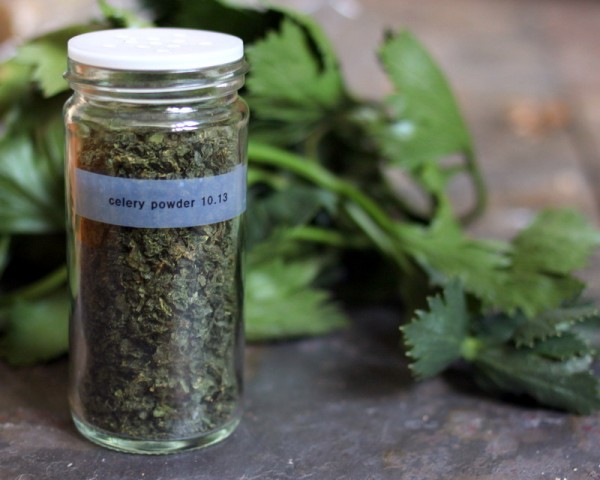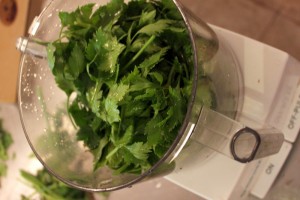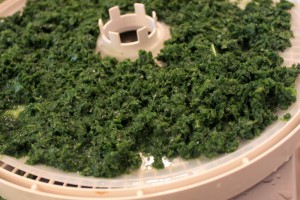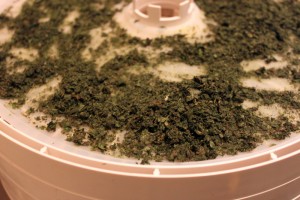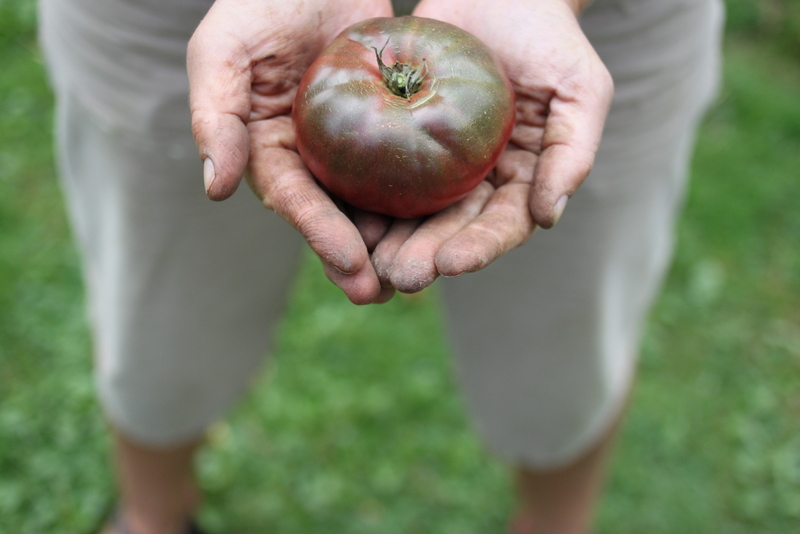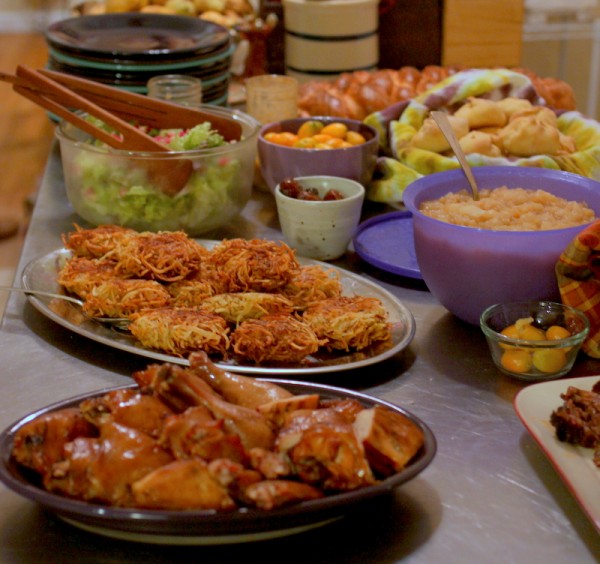 At the beginning of November, I made a goal to post once a day for National Blog Posting Month. You could say that I failed, because I only wrote here eleven times in the last thirty days.
One of the reasons I couldn't find the energy to post more often is that Lil is struggling with self-confidence and decision-making, requiring intense parenting effort. She's a smart, active only child in a family of first borns. And while some people think the effects of birth order are debatable, Alex, Lil, and I embody the typical characteristics of first children - we are all fiercely independent folks with perfectionist tendencies. When things don't go as we expect, we become frustrated. Alex stomps and slams, I give up and stew, Lil cries.
At the beginning of November, I made a goal to post once a day for National Blog Posting Month. You could say that I failed, because I only wrote here eleven times in the last thirty days.
One of the reasons I couldn't find the energy to post more often is that Lil is struggling with self-confidence and decision-making, requiring intense parenting effort. She's a smart, active only child in a family of first borns. And while some people think the effects of birth order are debatable, Alex, Lil, and I embody the typical characteristics of first children - we are all fiercely independent folks with perfectionist tendencies. When things don't go as we expect, we become frustrated. Alex stomps and slams, I give up and stew, Lil cries.
To help Lil, and ourselves, we're all working to adopt an attitude of 'good enough', especially about things we can't control. The library didn't have the book she wants - what's available that is 'good enough'? Wood isn't dry enough to reliably start a roaring fire - what can we use to make a 'good enough' blaze? My vision of a dyed silk scarf* didn't turn out - how can I over dye or embellish to make a 'good enough' piece?
In the new light of 'good enough' I recognize that my eleven blog posts in November is almost twice as much as my monthly posting average for first ten months of 2013. I may not have met the goal, but I feel successful because I published eleven articles.
I hoped to cook, photograph, and write our latke recipe in mid-November so that you might be inspired to make them for Hanukkah. We're four nights in now, but that leaves four more nights for you to consider making potato pancakes - the timing of this recipe is 'good enough'.
We've been making latkes during Hanukkah for several years now. The crispy, savory cakes require no special ingredients beyond what most home cooks keep stocked in the pantry. We pan fry ours in about an inch of oil which is neither as messy or greasy as deep frying. Latkes are traditional during the Hanukkah season because the oil honors the eight nights of lamp oil that the Maccabees considered a miracle, but there's no reason not to make these at any time of year.
Homemade Latkes
Makes: 3 dozen Time: 45 minutes
1 large sweet potato 8 russet potatoes 2 medium onions 5 large eggs 1 cup flour 1 teaspoon kosher salt + additional for dusting 10-20 grinds fresh black pepper 1-2 quarts olive, canola, or other frying oil applesauce and sour cream, optional for serving
1. Peel sweet potato. Shred russet (peel if you like but we don't), sweet potatoes, and onions with a box grater or food processor. The food processor creates lovely long shreds but our model has a bunch of safety features that make the process lengthy. Reason number thirteen that I dislike the food processor. If you want to do this ahead of time, place shredded potatoes under cold water for up to eight hours. 2. Pour off any liquid. Press and pour off more liquid if possible. 3. Whisk eggs until foamy. Mix in flour, salt, and pepper. Pour over potatoes and onions and stir until combined. 4. Meanwhile, heat 1 inch oil until one string of potato sizzles and fries to golden brown in a wide, heavy-bottomed pan. 5. With your hands, press approximately 1/2 cup of the potato mixture into a disc. Place gently in the hot oil. Cook for two minutes and then flip. Continue cooking until bottom is browned. You may cook multiple latkes at once but do not crowd the pan or oil will cool and latkes will become greasy. 6. Remove from oil and drain on a wire rack over a cookie sheet. Dust with salt. Place cookie sheet in a 200 degree F oven to keep warm while frying further batches. 7. Serve warm with traditional accompaniments of sour cream and applesauce if desired.
*I'm leading a silk dying workshop this Tuesday at City Folk's Farm Shop. Please join me to learn simple techniques to custom color handkerchiefs, playsilks, and scarves while making a sample to take home.

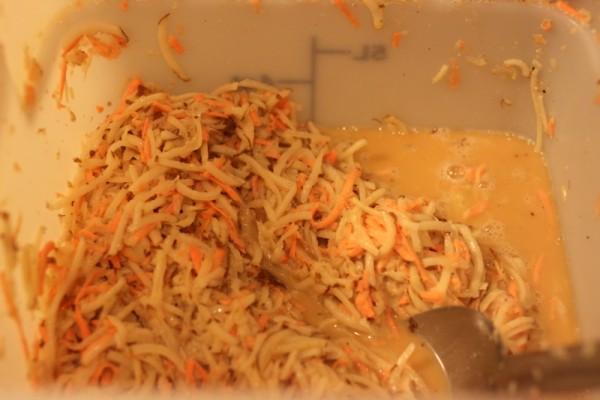
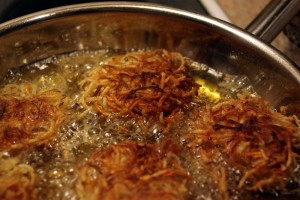
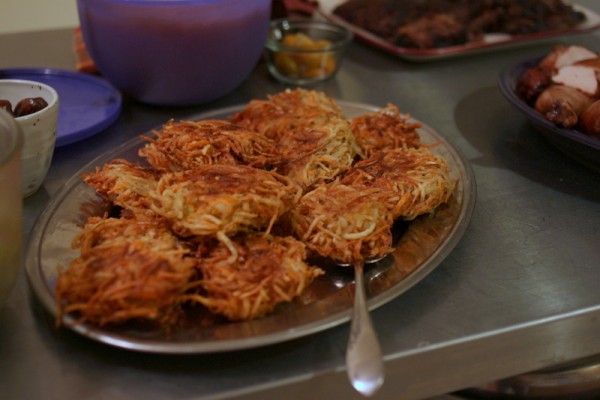

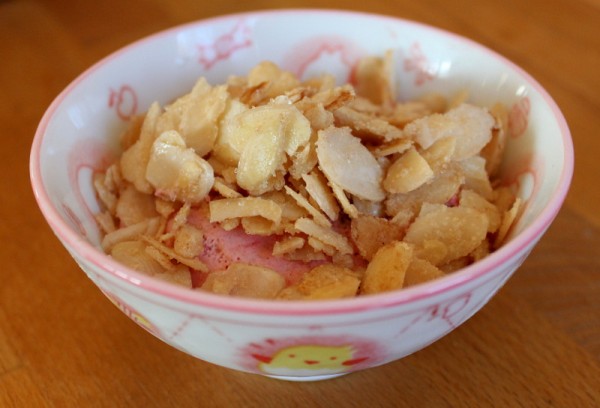

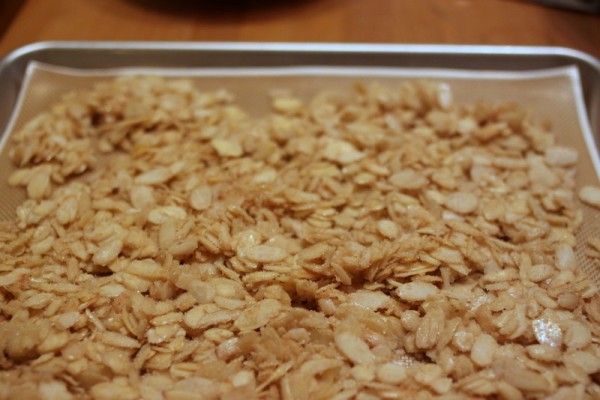
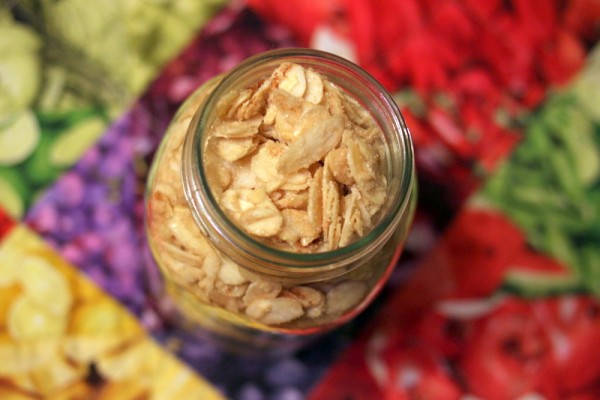
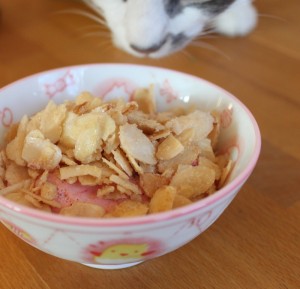 1/3 cup sugar
1/8 teaspoon salt
1/2 teaspoon ground cinnamon
1/3 cup sugar
1/8 teaspoon salt
1/2 teaspoon ground cinnamon
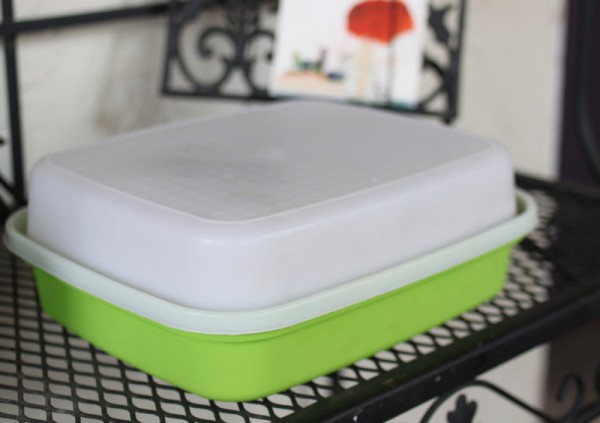
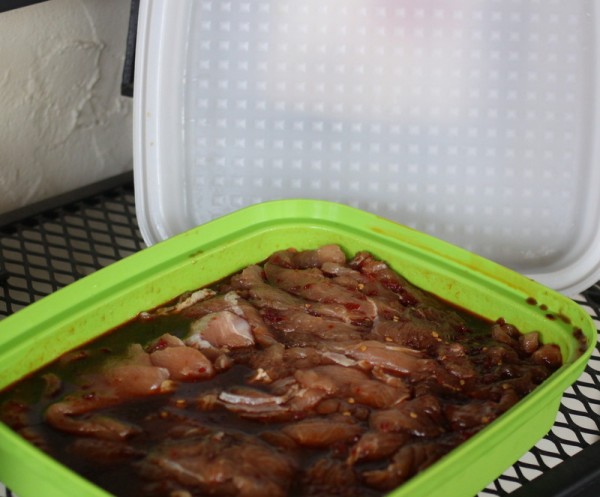
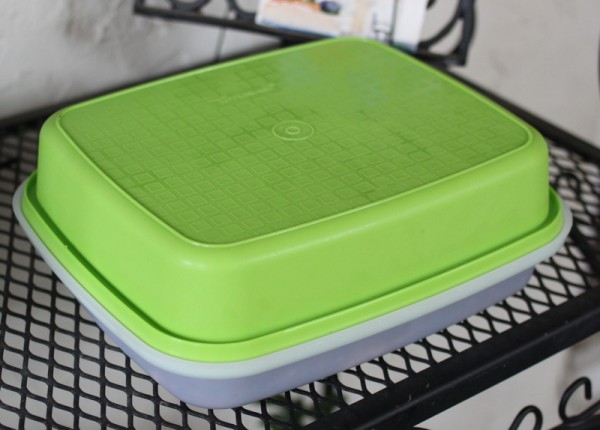

 from the library.
Diffley writes her memoir of growing into a farmer and becoming an accidental activist with the gifts of a fine story teller. Throughout her dramatic tale of finding and losing a farm and then fighting to save another, she shares personal moments of grief, joy, and insatiable desire to grow food organically. She portrays farming realistically, describing the challenges of physical labor and difficult weather while constantly reminding the reader of the same appreciation for nature I feel when working in the garden. "Every time I am in the field or the garden, there is one plant or insect, one leaf or flower, one line or shape that jumps from the rest and catches my senses with the profound beauty of its lovely self," she writes.
from the library.
Diffley writes her memoir of growing into a farmer and becoming an accidental activist with the gifts of a fine story teller. Throughout her dramatic tale of finding and losing a farm and then fighting to save another, she shares personal moments of grief, joy, and insatiable desire to grow food organically. She portrays farming realistically, describing the challenges of physical labor and difficult weather while constantly reminding the reader of the same appreciation for nature I feel when working in the garden. "Every time I am in the field or the garden, there is one plant or insect, one leaf or flower, one line or shape that jumps from the rest and catches my senses with the profound beauty of its lovely self," she writes.